Introduction
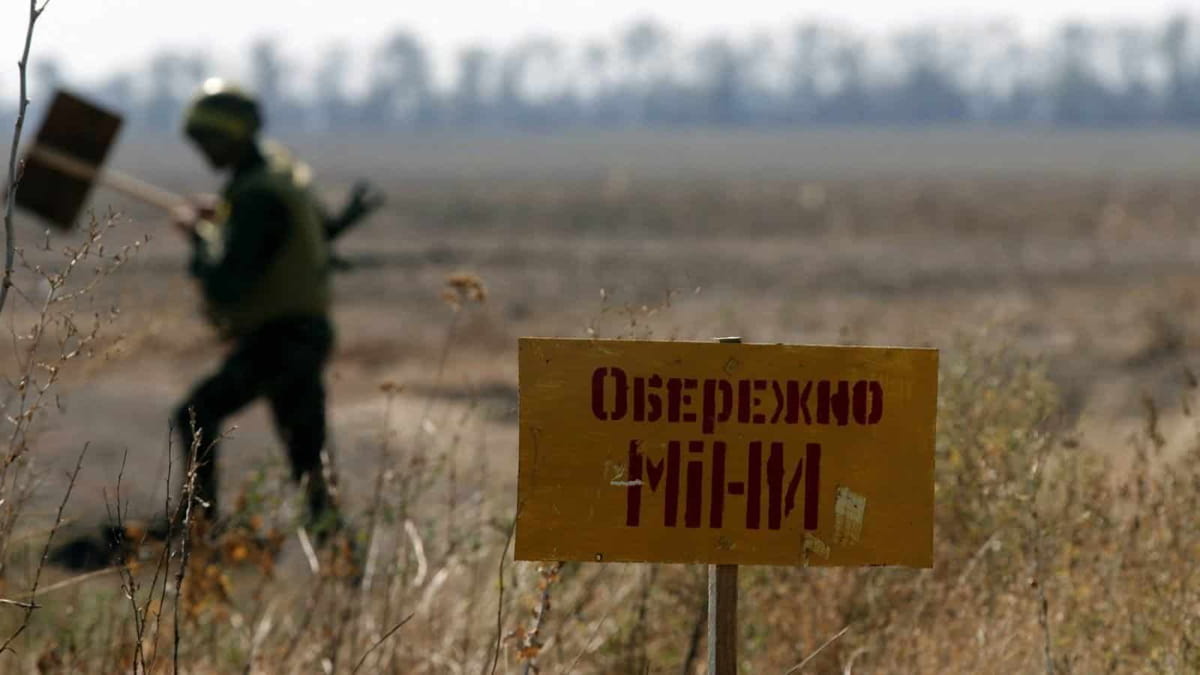
What is humanitarian demining: definition and framework of responsibility
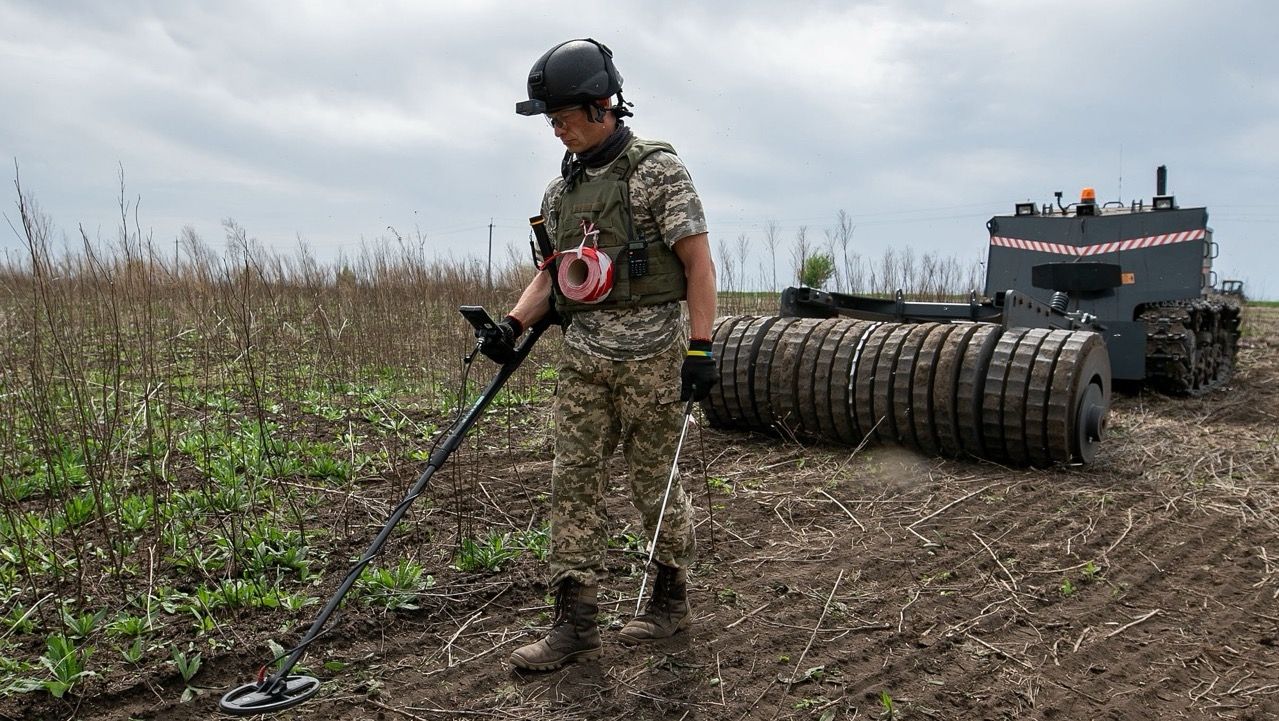
How deminers work: stages, protocols, safety precautions
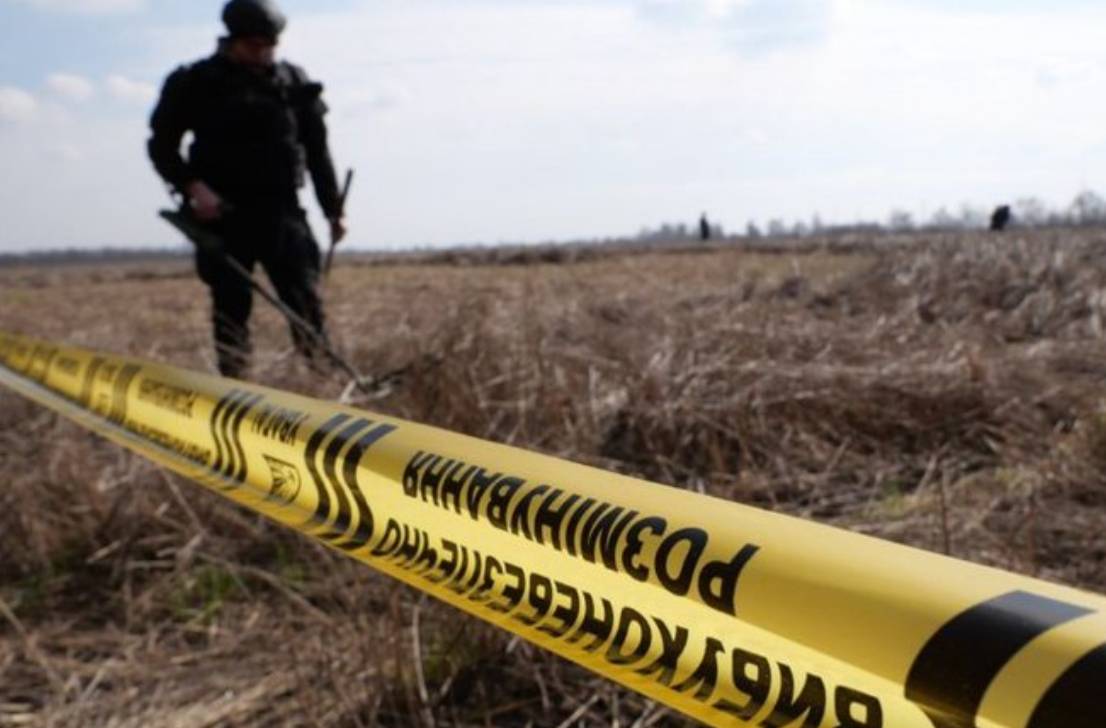
Types of threats: mines, shells, cluster munitions, IEDs and remnants of war
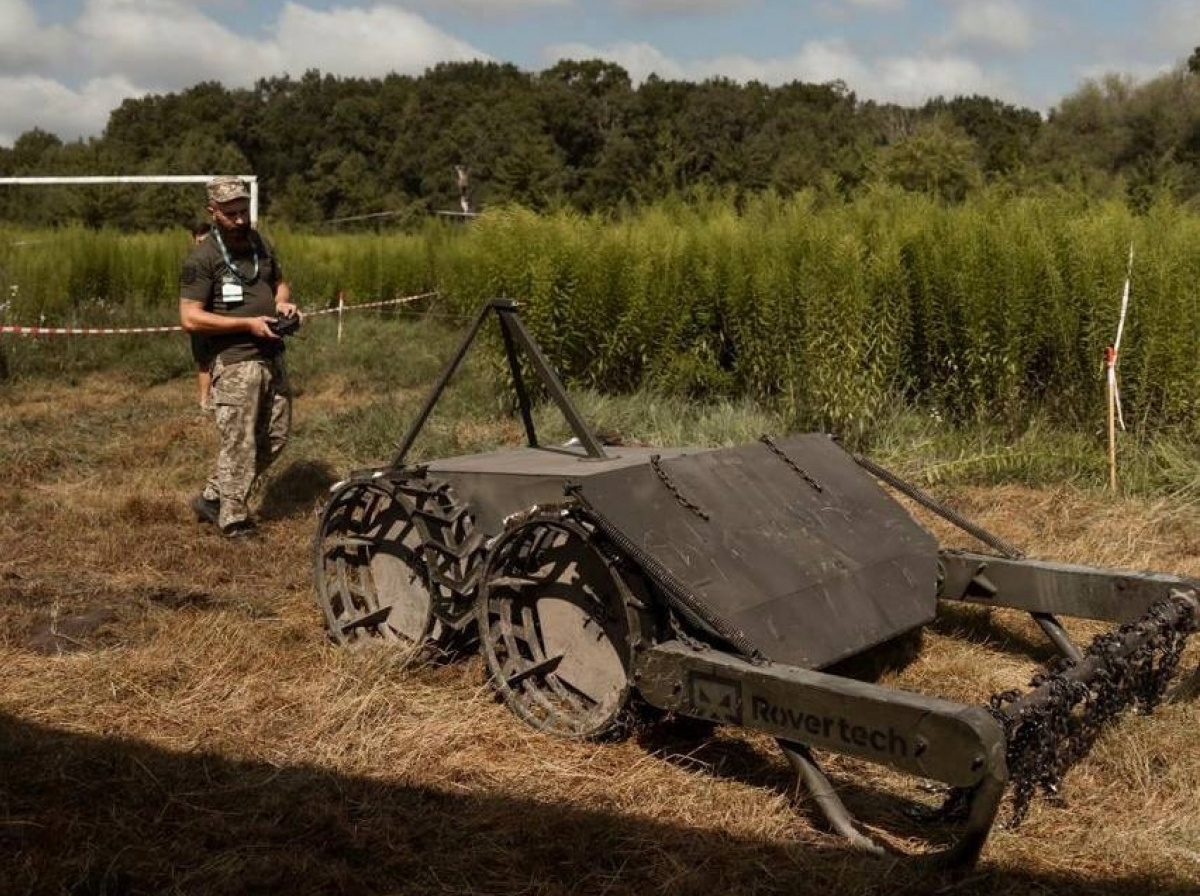
Coordination and standards: who is responsible and how interaction is built

Technology and innovation: from drones to modern detectors
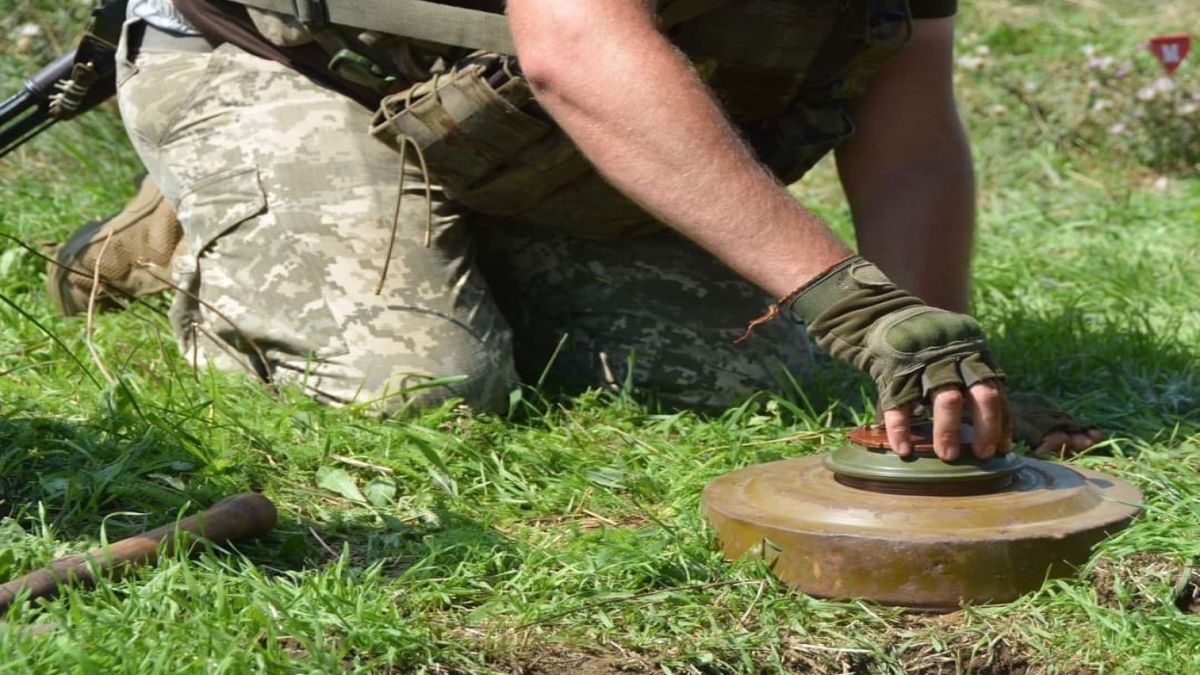
How to help deminers
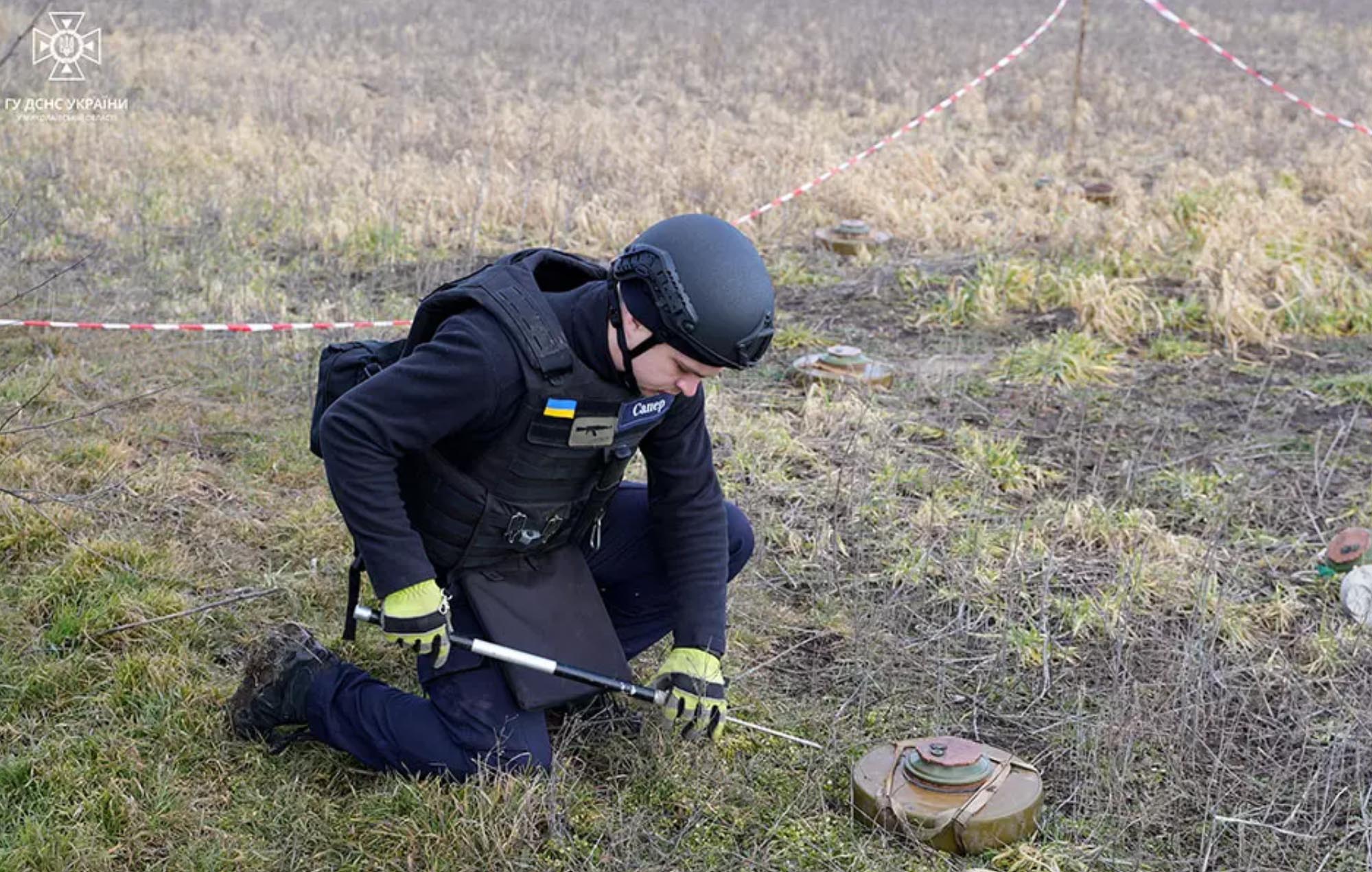

 Українська
Українська English
English









